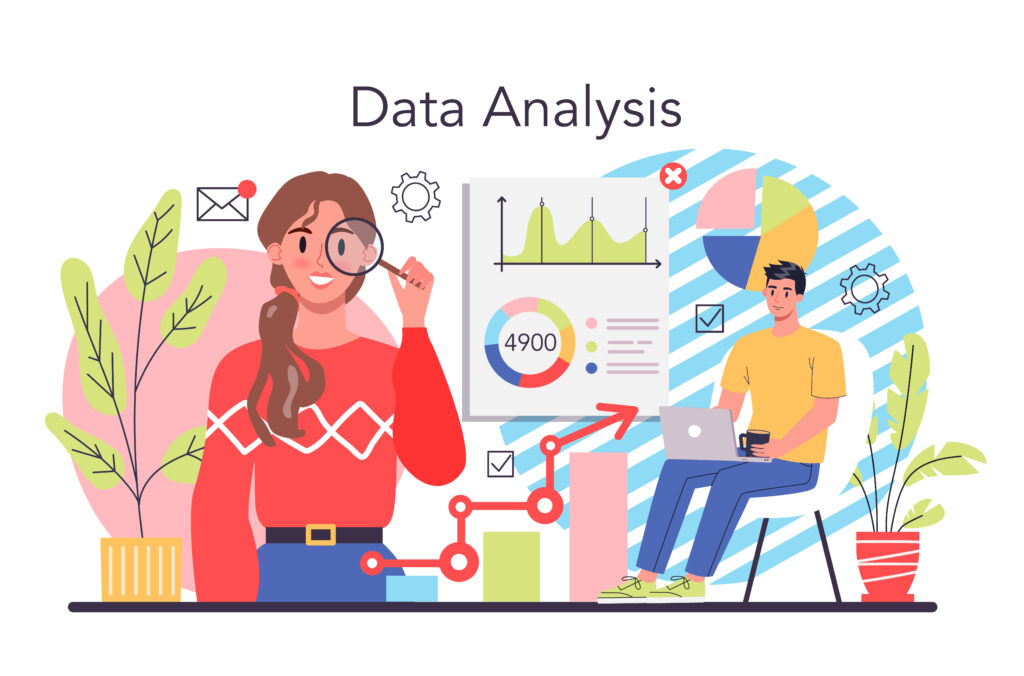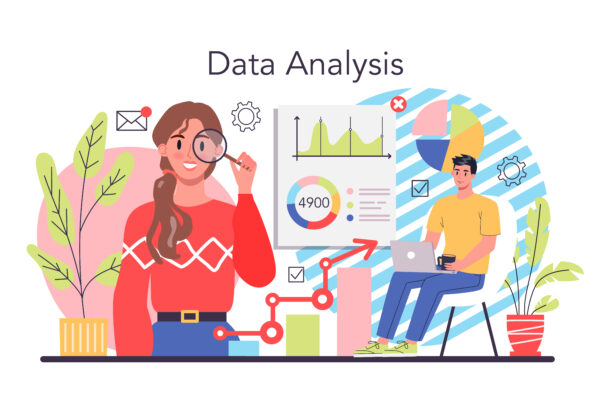In the ever-evolving landscape of data analytics, predictive analytics stands out as a powerful tool that empowers organizations to anticipate future trends, make informed decisions, and gain a competitive edge. Whether you’re a seasoned data analyst or a budding data scientist, understanding predictive analytics is essential in harnessing the full potential of your data.

What is Predictive Analytics?
At its core, predictive analytics is the art and science of using historical data, statistical algorithms, and machine learning techniques to identify the likelihood of future outcomes. It’s a crystal ball for data analysts and scientists, enabling them to forecast trends, detect anomalies, and make data-driven predictions.
Why Predictive Analytics Matters?
Predictive analytics has far-reaching implications across industries. For data-driven organizations, it’s a game-changer. Here are a few reasons why predictive analytics matters:
- Enhanced Decision-Making: Predictive analytics provides insights that guide informed decision-making. Whether it’s optimizing marketing strategies, predicting customer churn, or managing supply chains, the ability to foresee future trends is invaluable.
- Risk Mitigation: Businesses can proactively identify potential risks and take preventive measures. This is particularly crucial in finance, insurance, and healthcare, where predicting adverse events can save lives and fortunes.
- Resource Optimization: Predictive analytics helps allocate resources more efficiently. For instance, it aids in workforce planning, ensuring that staffing levels match demand, and reducing costs while maintaining productivity.
Getting Started with Predictive Analytics
Now that you understand the significance of predictive analytics, let’s explore how data analysts and scientists can get started on their journey:
- Data Preparation: The foundation of predictive analytics lies in data. Start by gathering clean, relevant, and well-structured data. Ensure that your data is free of errors and outliers, as these can significantly impact the accuracy of your predictions.
- Define Objectives: Clearly define what you want to achieve with predictive analytics. Are you predicting sales, customer behaviour, or machine failures? Understanding your objectives will guide model selection and feature engineering.
- Choose the Right Tools: There’s a plethora of tools and programming languages available for predictive analytics. Popular choices include Python, R, and specialized libraries like scikit-learn and TensorFlow. Select the one that aligns with your goals and expertise.
- Model Building: This is where the magic happens. Build predictive models using algorithms like linear regression, decision trees, or advanced techniques such as neural networks. Train and evaluate your models rigorously.
- Interpret Results: Predictive analytics isn’t just about generating predictions; it’s about understanding the insights derived from these predictions. Interpret the results in the context of your objectives and use them to make informed decisions.
Conclusion
Predictive analytics is a transformative force in the world of data analysis and science. It empowers professionals to unravel hidden insights within data and foresee future trends. In this blog series, we’ll delve deeper into the intricacies of predictive analytics, exploring advanced techniques, real-world applications, and best practices. Stay tuned as we demystify the world of predictive analytics for data analysts and scientists.
